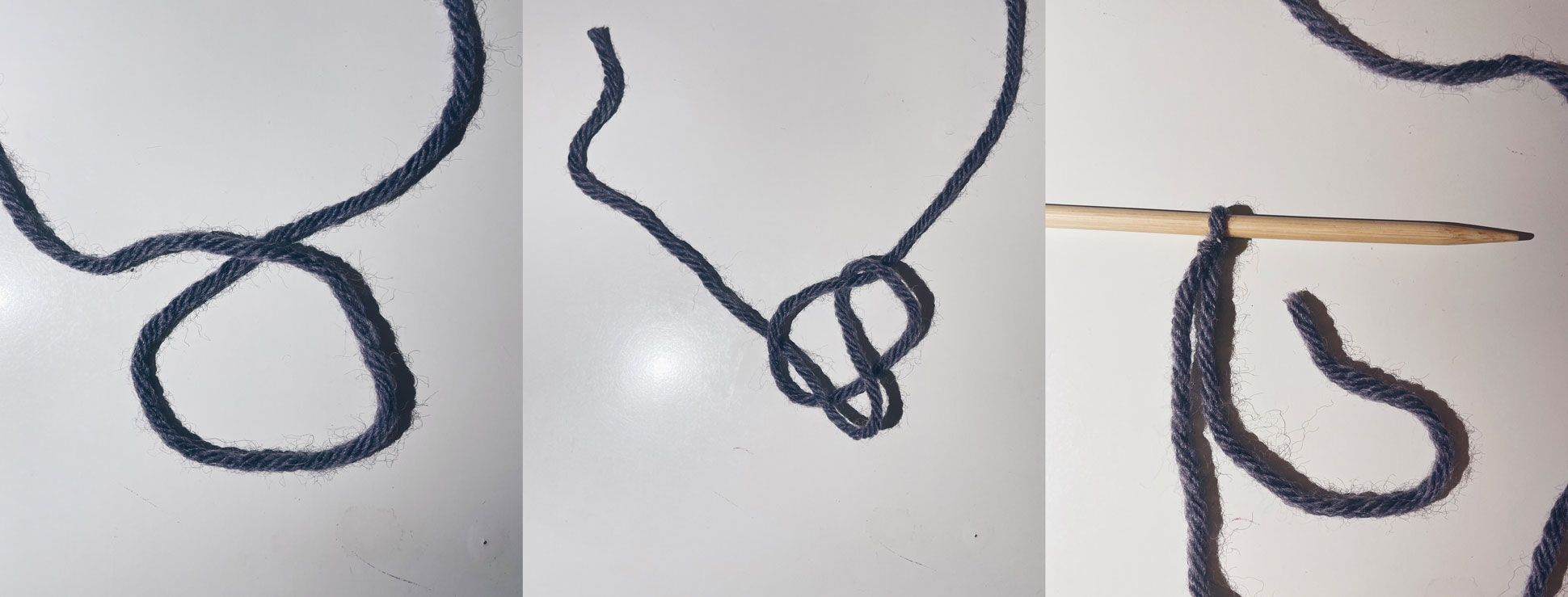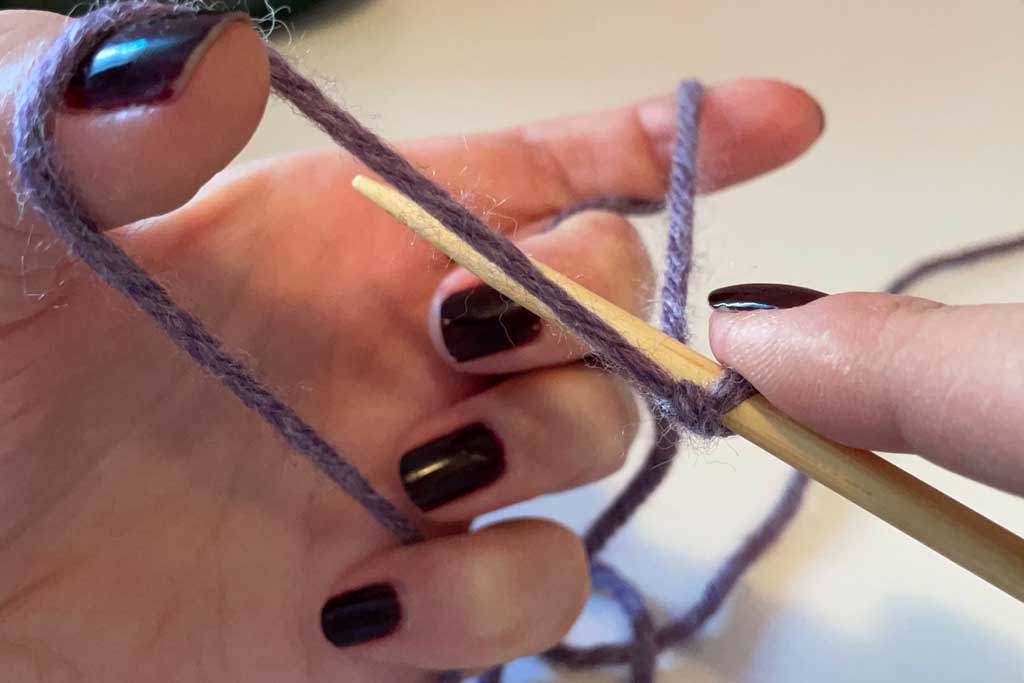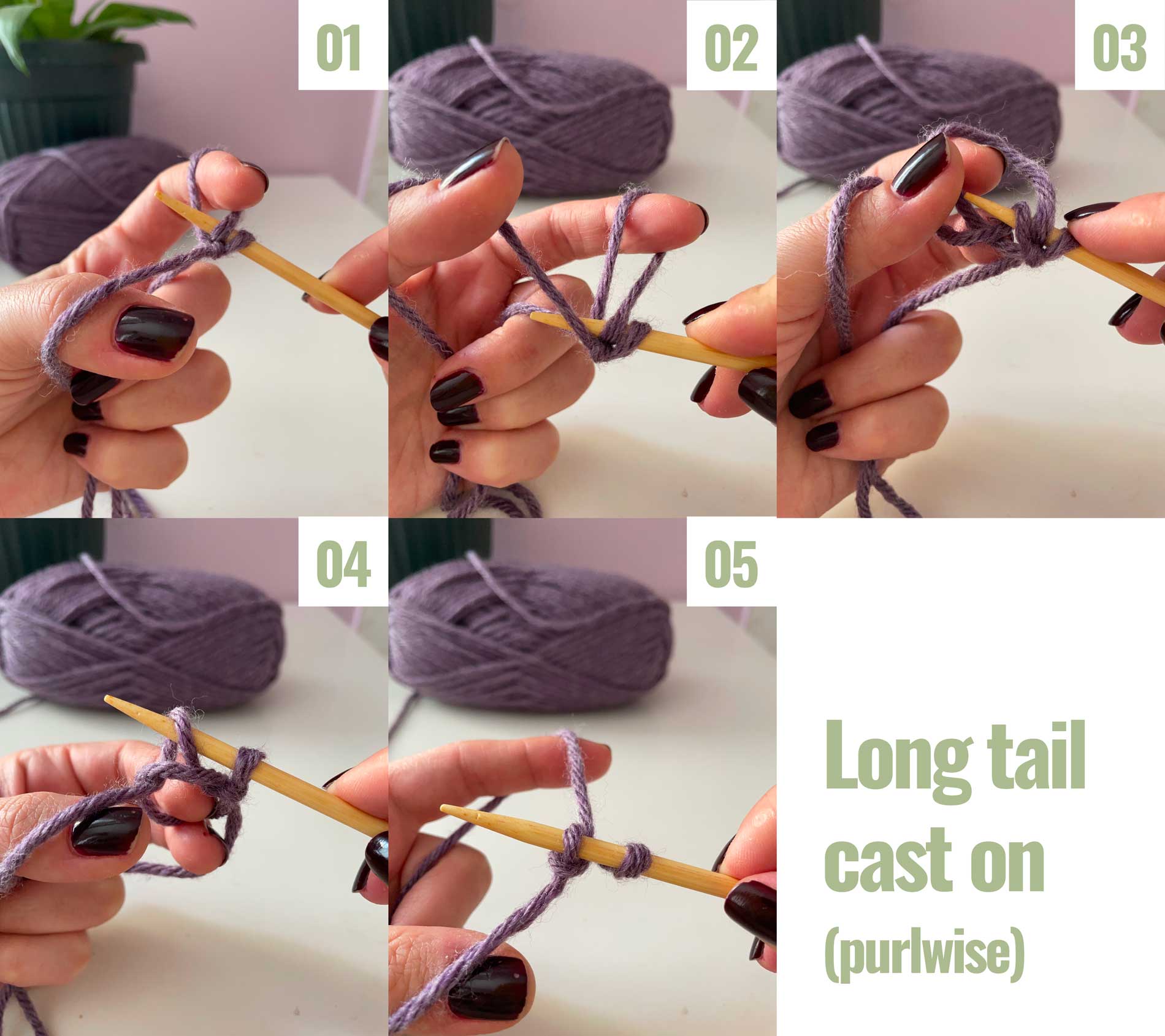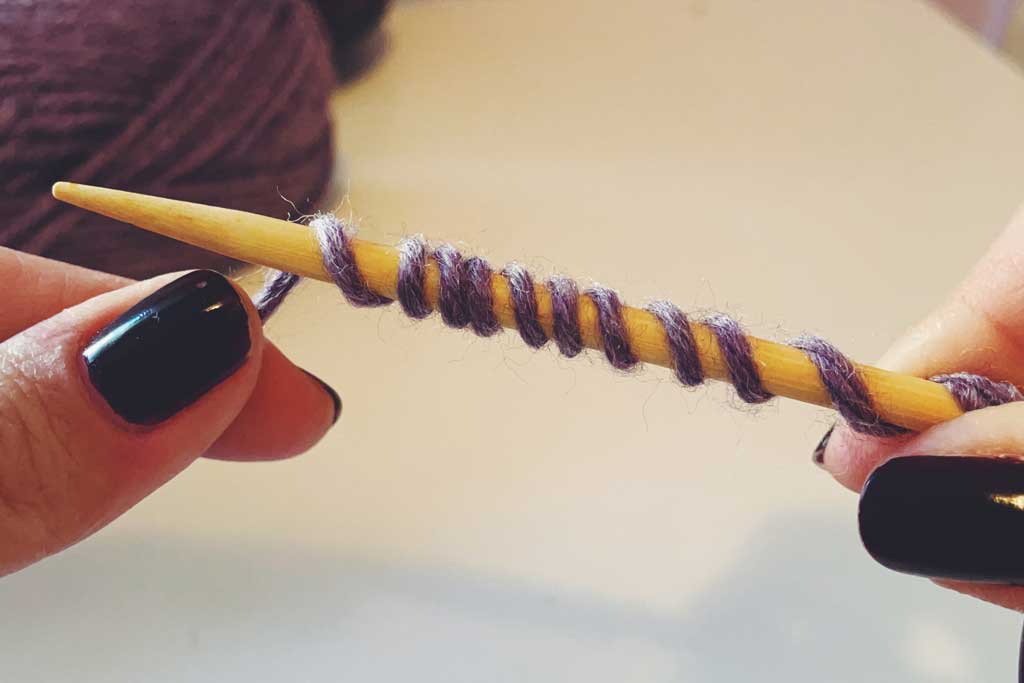As a beginner-friendly method, long tail cast-on was the first cast-on I learned, and today, I’m excited to share the ropes with you. In this guide, I’ll break it down step by step, uncover different methods, and discuss exactly when to whip out this trusty cast on. Let’s dive in and make your knitting debut a success!
The long tail cast on is fast, easy, and creates a moderately stretchy edge. You can adjust the stretchiness by wrapping the yarn around one or two needles based on your preference. Unlike the single cast-on, known for creating tight loops, the long tail technique creates loose loops, turning that initial row into a breeze.
Before we begin, let me clarify some essential terms for this tutorial:
Working yarn: This is the strand of yarn that comes from the ball of yarn. It is sometimes called the ball yarn.
Yarn tail: This is the “long tail” that gives this cast-on its name. It’s the strand of yarn that’s not attached to the ball.
The long tail cast-on method
Start with a slipknot.

Now that you have the first stitch on your needle, assume a slingshot position: wrap the working yarn around your thumb and the yarn tail around your index finger.

Knitwise
Insert the needle through the thumb loop, ensuring that the yarn strand closest to you is on the needle. Swing the needle to the right and grab the yarn strand on your index finger from above, pulling it through the thumb loop. Release the thumb and gently pull the yarn.
Now, you have the second stitch on your needle. Assume the slingshot position and repeat this process until you have the desired number of stitches on your needle.

Purlwise
Insert the needle through the index finger loop, picking up the yarn strand furthest from you. Swing the needle to the left and down, catching the strand coming from your thumb and pulling it through the index finger loop. Release your index finger from the loop and tighten the stitch gently. Repeat this process until you have the desired number of stitches on your needle.

How long of a tail do I need to leave for my cast on?
 I find the easiest way to determine the length of the tail is to wrap the yarn around the needle as many times as there are stitches in the cast-on. For example, if you need 20 stitches, wrap the yarn around the needle 20 times and add a few inches for weaving in later.
I find the easiest way to determine the length of the tail is to wrap the yarn around the needle as many times as there are stitches in the cast-on. For example, if you need 20 stitches, wrap the yarn around the needle 20 times and add a few inches for weaving in later.
If you have a larger number of stitches, let’s say 100, you don’t need to wrap the yarn around the needle 100 times. Instead, wrap it 10 times, measure that length, and multiply it by 10 for your tail.